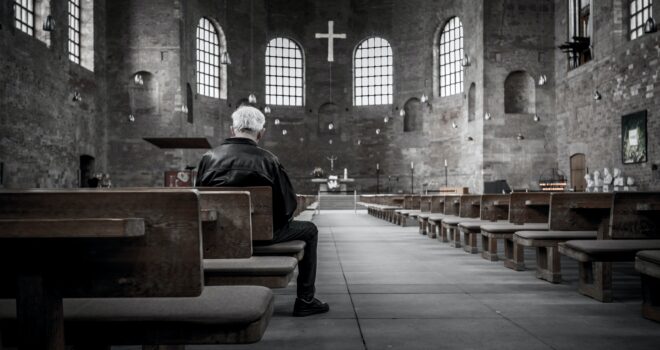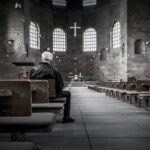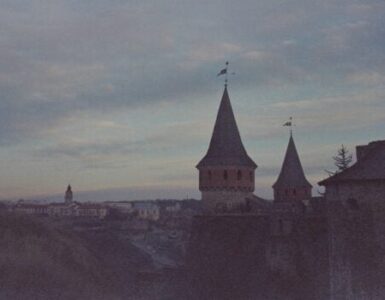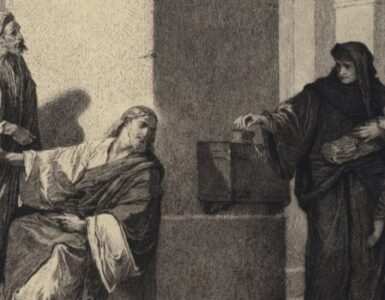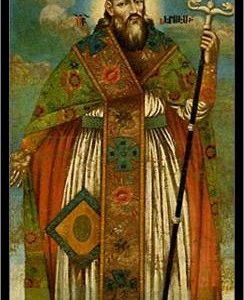The Venerable Fulton J. Sheen lamented that “There are not over a hundred people in the United States who hate the Catholic Church; there are millions, however, who hate what they wrongly believe to be the Catholic Church”. This observation must have been most distressing for the renowned bishop, but it indicates that there is a lot of work to be done. Sheen, therefore, was most energetic in his support of the missions.
The historian Arthur M. Schlesinger has characterized prejudice against Catholics as “the deepest bias in the history of the American people.”
In his book, The Nature of Prejudice,” Gordon Allport relates a revealing anecdote that occurred in Boston when a dignitary of the Catholic Church and his driver offered a lift to a young black lad who was trudging along the road. Once in the car, the cleric asked the boy if he was Catholic. Wide-eyed with alarm, the boy retorted, “No sir, it’s bad enough being colored without being one of those things”. Ignorance can lead to unfortunate caricatures.
In Scott and Kimberly Hahn’s conversion story, Home Sweet Home: Our Journey to Catholicism, Scott confesses that his good friend Jerry Matatics “loved the Bible as much as I and hated the Catholic Church even more”. The pair did not persist in their mutual hatred. Once they realized what the Church actually is, they both became Catholics, and zealously apostolic to boot.
The story is told of an Oxford student who remarked, “I despise all Americans, but I have never met one I didn’t like”. In this case, the animosity against all Americans exists despite the fact that such a disposition runs counter to the student’s lived experience.
The history of the Catholic Church is rife with anti-Catholicism. In colonial times, according to English law, Catholics were not supposed to exist anywhere under the English Crown. Nonetheless, by 1776, colonial Americans enjoyed a degree of religious freedom they had not known in England. At the same time, Catholics were excluded from voting and holding public office.
In the mid-1850s the Know Nothing movement flourished. Its members were required to say nothing whenever asked by outsiders about its specifics. Hence, its peculiar name. They feared that the Pope would subject his flock in a way contrary to the growing American spirit. One Boston minister described Catholicism as “the ally of tyranny, the opponent of material prosperity, the foe of thrift, the enemy of the railroad, the caucus, and the school”. Another described it in more extreme terms: “Hell must rejoice and demons exult in so accursed an institution. So long as it shall flourish, Satan will need no emissaries.”
On August 6, 1855 a riot broke out in Louisville, Kentucky between Know Nothings and Catholics in which twenty-two people were killed. This “Bloody Monday” episode was not the only riot that involved these two groups. In Baltimore, violence erupted in the mayoral elections of 1856, 1857, and 1858. In 1854, Know Nothings were associated with the tarring and feathering of a Catholic priest, Jesuit Johannes Bath. They also burned down a Catholic church in Bath, Maine. In a private letter, dated August 24, 1855, Abraham Lincoln denounced the Know Nothing movement with flaming rhetoric: “When the Know-Nothings get control, it will read ‘all men are created equals, except negroes and foreigners and Catholics.’ When it comes to that I should prefer emigrating to some country where they make no pretense of loving liberty—to Russia, for instance, where despotism can be taken pure, and without the base alloy of hypocrisy.”[]
The most violent and notorious anti-Catholic faction in America was the Ku Klux Klan that fiercely opposed all immigrants. The Klan believed that all foreign ideas are un-American. Consequently, to cite but one example, they took dead aim at the Sisters of the Holy Name of Jesus and Mary who came from Quebec to teach in Oregon. In the early 1920s Oregon was the home of approximately 14,000 members of the Klan, including Portland’s mayor. They regarded themselves as the “real” Americans and felt duty bond to rid the state of Catholic teaching. Fiery crosses and marches in Ku Klux Klan regalia were common sights in Oregon at that time.
The Klan was instrumental in electing Democrat Walter M. Pierce as the state’s governor. The Klan also played a significant role in in getting The Oregon Compulsory Education Act passed in 1922. The act would compel all children between the ages of eight and sixteen to attend public schools. Its goal was to eliminate all Catholic schools. On June 1, 1925, the Supreme Court of the United States, by a unanimous vote, overturned the Act. It stated that Oregon’s Education Act “is an unreasonable interference with the liberty of the parents and guardians to direct the upbringing of the children and in that respect violates the Fourteenth Amendment”.
In the present era, we witness the vandalism of hundreds of Catholic churches solely on the basis of Catholic teaching that abortion is morally indefensible.
What, then, are the reasons behind this broad and persistent hatred of the Catholic Church? They are many. First, there is ignorance of what the Church is and a fierce opposition to something that the Church is not. Then there is the misjudgment that the Church imposes alien ideas on people, thereby interfering with their freedom to live their own lives. It is because people are complacent with their illusions and do not want to relinquish them. In addition, what the Church teaches is demanding for people who prefer a more unencumbered life. Lastly, since Catholicism is a sign of contradiction, it will always be at odds with the world. In this regard, G. K. Chesterton makes a valid in insightful point when he states that “The Christian ideal has not been tried andfound wanting. It has been found difficult; and left untried.”
Photo by Stefan Kunze on Unsplash



